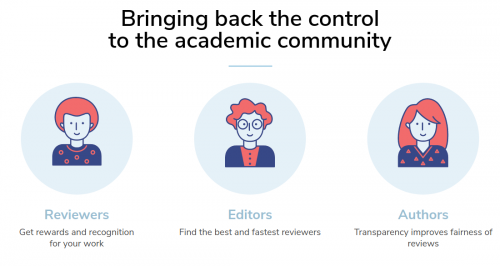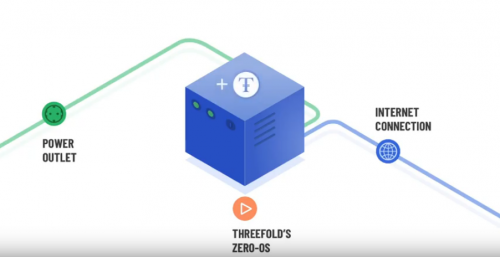Enthusiastic Amateurs Advance Science As They Hunt For Exotic Mushrooms
By one estimate, there are between 2.2 million and 3.8 million species of fungi — and more than 90% of them aren’t cataloged.
But mycologists (as fungus professionals are known) do get a big boost from a surprisingly sophisticated world of amateurs — both those who tromp through the forests observing oddball species, as well as those who have helped build a community that links the amateurs with the pros.
Sometimes the amateurs come up with stunning discoveries.
Consider the story of Taylor Lockwood, a 74-year-old mushroom enthusiast and professional photographer. This spring, we met in the hills of West Virginia, where he has been prowling the countryside in a van he has converted into a camper, a photo studio and a workshop.


